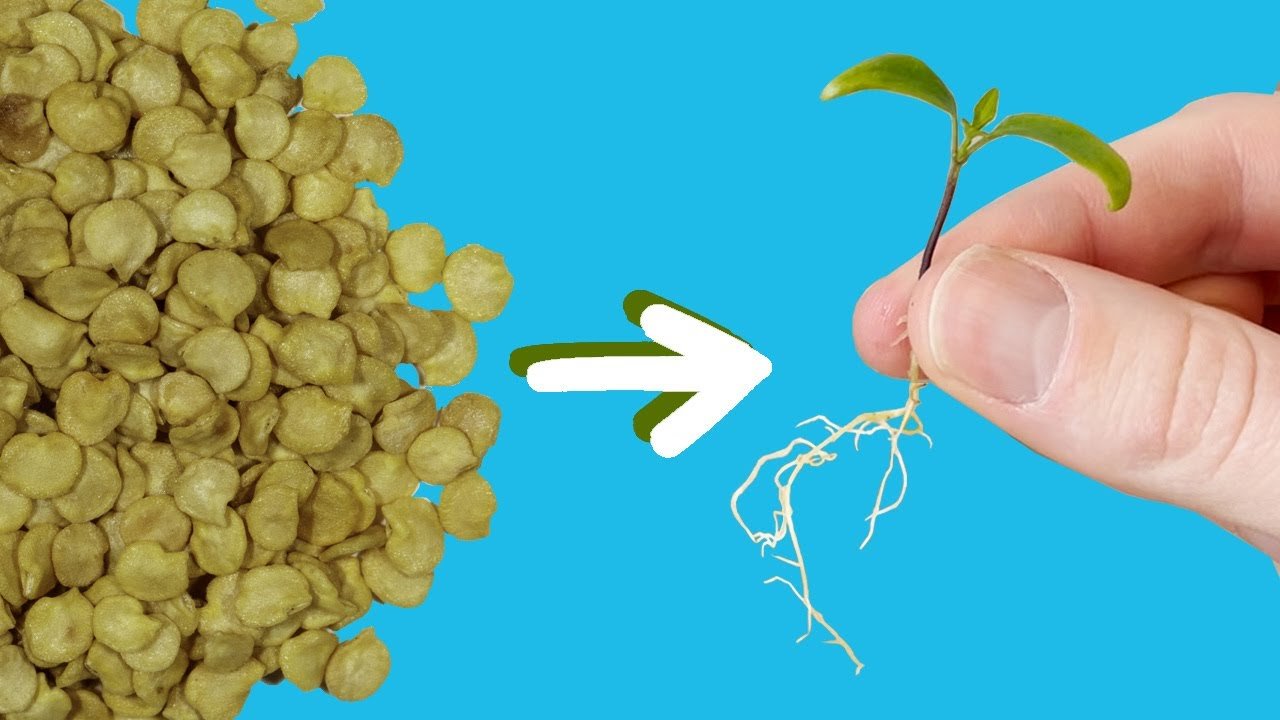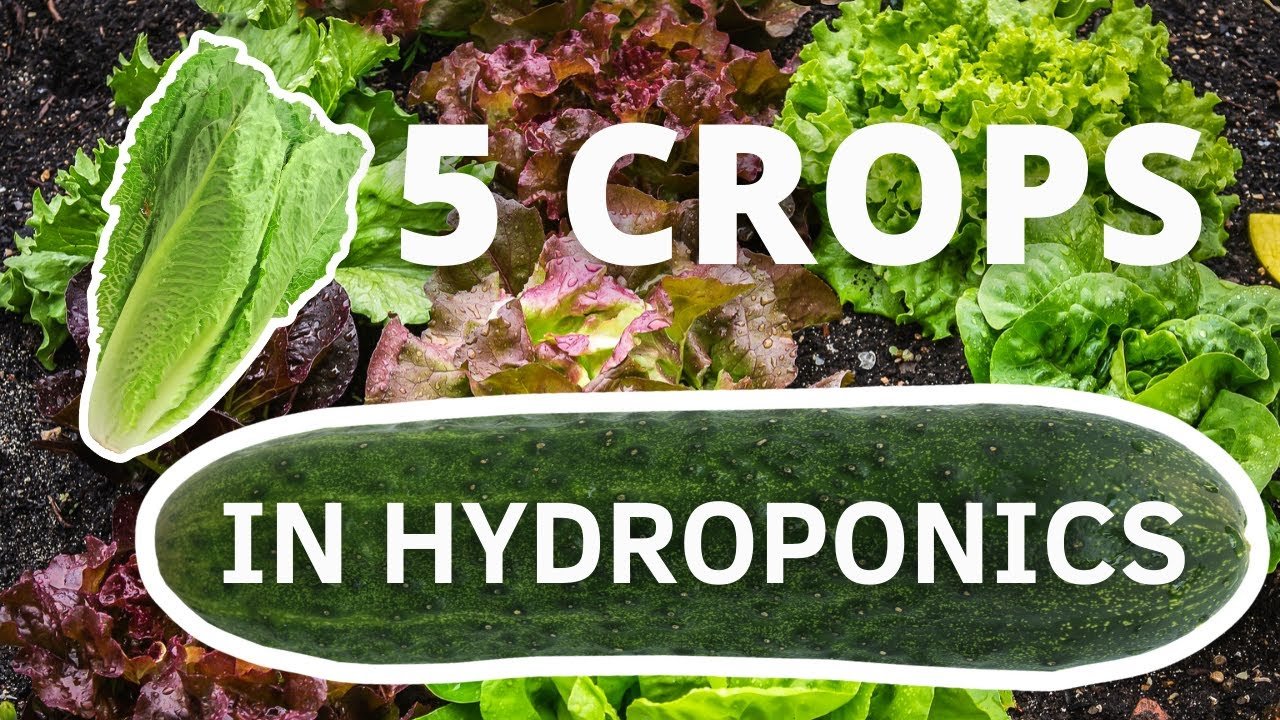An Aquaponics Adventure – Fins, Lettuce, and Lessons Learned
It was a chilly Saturday morning in early spring when I found myself daydreaming over a cup of coffee at the kitchen table. The sun was just starting to break through the clouds, and I was scrolling through some Pinterest boards. You know the kind—pictures of lush, green plants growing in crystal-clear water, perfectly arranged in neat hydroponic racks. They looked like a scene straight out of a modernist gardening magazine. My heart raced. I thought to myself, “I can do this.”
Having spent most of my life tinkering with odd projects—a mishmash of carpentry, questionable plumbing, and bicycle repair—I was itching for something new. Aquaponics! It was a trendy word I kept hearing among my gardening friends. The whole idea of combining fish with plants sounded absolutely fantastic. After all, why not grow your own food while keeping some fish? The romantic notion quickly replaced any skepticism I had.
The Great Materials Hunt
I set out on a Saturday scavenger hunt in my shed. Now, if you ever visit my shed, you’ll find a chaotic landscape: old lumber, rusty tools, a broken lawnmower that I swore I’d fix one day—who could resist such a treasure trove? I grabbed some PVC pipes, an old fish tank that had seen better days, and a few buckets. The neighbors probably thought I was gearing up for an elaborate Halloween display, but little did they know—this was my future garden kingdom.
With a quick trip to the local hardware store, I picked up a water pump and a bunch of net pots. I felt like a kid with a new toy. As I set everything up in the backyard—bracing for life as a fish-and-plant empress—I realized I didn’t really have a solid plan. But hey, who needs plans when you have a dream?
Testing the Waters – Quite Literally
I felt like I was nailing it until I started filling the fish tank with water. That’s when the smell hit me. It was an unpleasant, murky sort of odor wafting from the remnants of whatever had been in that tank before. Did I mention I didn’t bother cleaning it as meticulously as I should have? My golden rule of ‘If it looks clean enough, it’s clean enough’ came back to haunt me.
Desperately, I tried to mask the smell with an old filter I found collecting dust. “How hard could this be?” I muttered, biting my lip. I grabbed a couple of baby tilapia from the local fish store—little creatures with big dreams that I thought would thrive in my backyard paradise. I picked tilapia because they grow quickly, can survive in less-than-ideal conditions, and frankly, they had a nice, bright color that caught my eye.
The Green Monster
Then came the green monster. The water went from a somewhat clear murky hue to a downright vibrant shade of green. I panicked. No way was this a good sign. I consulted the internet, finding out I needed "good bacteria" or something like that to establish my little ecosystem. By now, I was knee-deep in a bizarre science project I hadn’t signed up for.
Days turned into weeks, and I was battling algae like it was some sort of epic saga. I tried everything: reducing the light exposure, changing the water, and even (sorry, Mr. Tilapia) removing a few fish each time the ammonia levels crept up. I questioned my life choices as I watched a couple of my fish float belly up, their vibrant orange hues fading away.
But through this struggle, I began to learn. I learned what overfeeding looked like, how important a water test kit was, and that being too proud to ask for help usually made for a messy backyard.
The Learning Curve (and It’s Steep)
After a particularly disheartening day of dead fish and green water, I almost threw in the towel. My dreams of a plentiful garden seemed to evaporate as quickly as the water from the fish tank. But the thought of giving up felt worse than the failures. So, I took a deep breath, went to the local library, and dug into books about aquaponics and hydroponics. (Who knew those dusty old tomes could come in handy?)
With newfound knowledge, I set out to build a hydroponic rack. I reconfigured my setup using that old lumber I had scavenged, designing shelves for the plants—a tiered beauty that was both practical and pleasing to the eye. I picked up some lettuce seedlings from the local nursery and placed them in the net pots.
Miraculously, once the system settled in, it started to come together. I watched the fish swim around and the lettuce grow inch by inch. The smell of the fish tank transformed into a watery, earthy scent that didn’t resemble the side of the road anymore. It felt like a mini ecosystem flourishing right in my backyard.
Looking Back with Gratitude
Now, I’ve learned that not everything in life is meant to be perfect from the start. With every struggle and failure, I found community support, online forums, and local garden clubs that welcomed my chaotic experimentation.
If you’re thinking about plunging into aquaponics or hydroponics, take it from me—don’t sweat the small stuff. You’ll make mistakes, and you’ll have fish die (it’s part of the process, unfortunately). But you’ll also find a sense of fulfillment that comes from creating something new.
So grab a cup of coffee, roll up your sleeves, and start tinkering. You’ll figure it out along the way. Embrace it all—the green water, the faint fish smell, and that moment when you finally see your first lettuce peeking through the water.
If this little tale resonates with you, why not join me on this journey? Let’s share our mishaps and successes together. Reserve your seat for the next session!







Leave a Reply